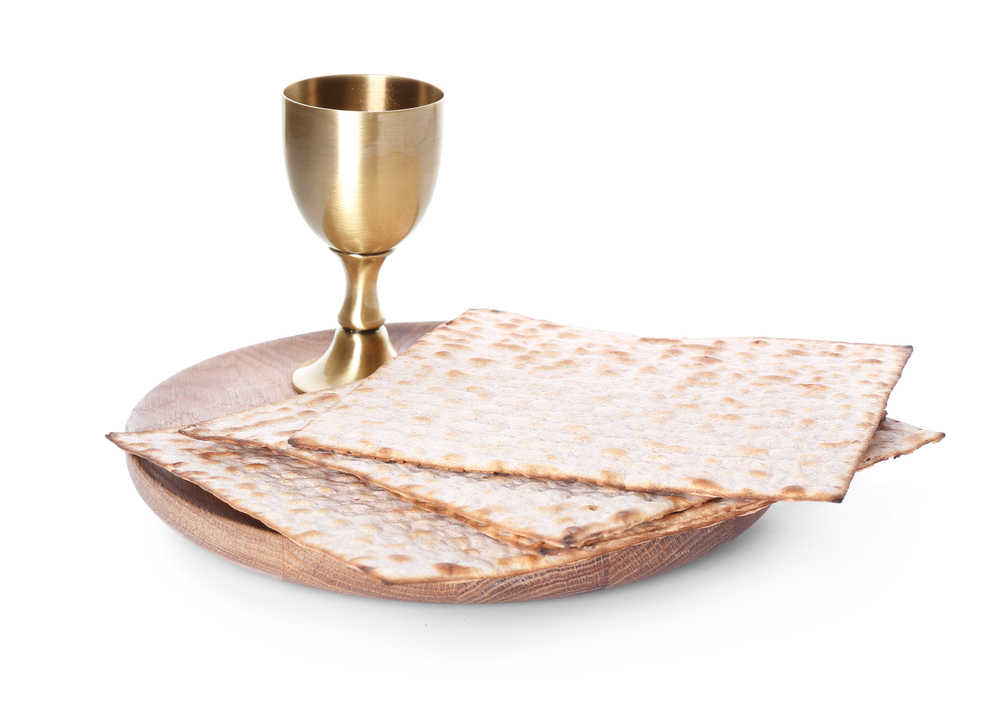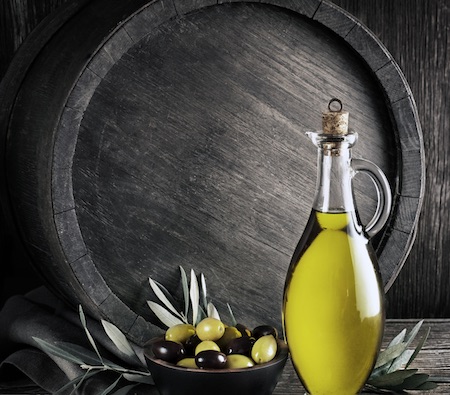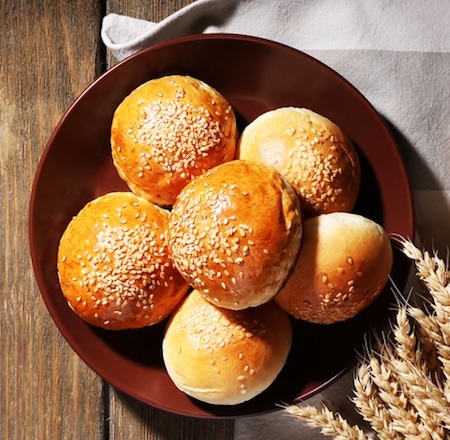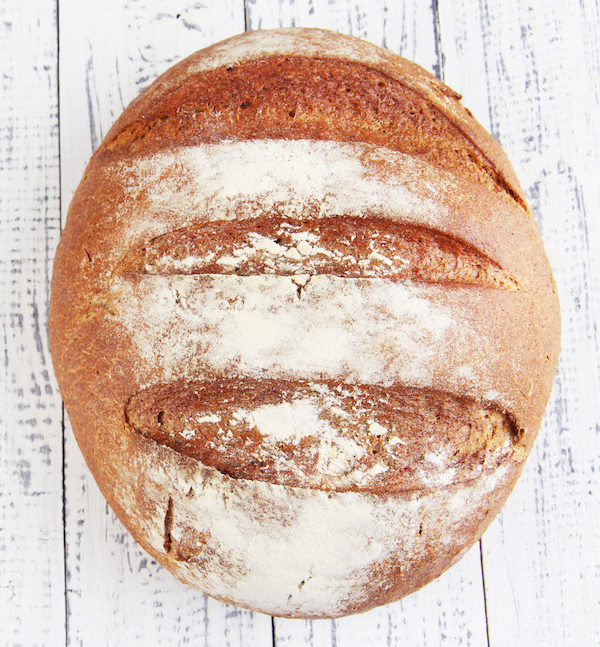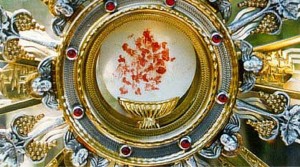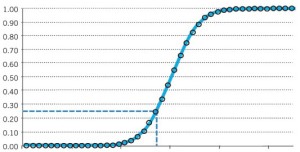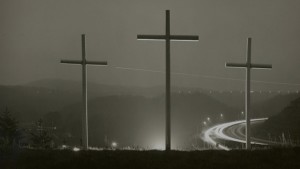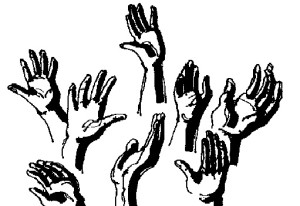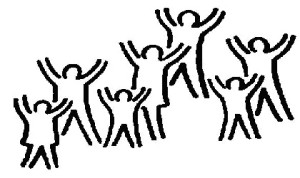
As we noted in our previous post, Jesus’ Last Supper was a Passover meal of unleavened bread, without a lamb, at evening, at the beginning of the Day of Passover (Nisan 14). The Gospel writers described it as the day “when they killed the passover” (Mark 14:12), the day “when the passover must be killed” (Luke 22:7). They were referring to the 14th of Nisan, the day on which the Law prescribes the Passover lamb to be sacrificed in the afternoon, toward the end of the day (Exodus 12:6). The fact that Jesus’ Last Supper occurred on the day they killed the Passover lamb does not mean that His final meal was a Passover lamb. It only means His last meal took place on that day. In fact, His last meal at the beginning of the day was a supper of unleavened bread as the Law required for that time of day, which is why the Gospel writers called it “the day of unleavened bread” (Mark 14:12; Luke 22:7).
Continue reading Unleavened Bread Shall Be Eaten
 Follow
Follow